Thirdly, thinking in colors is inevitably
thinking in terms of gender and sexuality, and the history of sex-specific colors reveals the culturally specific and historical contingent ‘nature’ of the gender-coding of colors, and of gender and sexuality itself. The ‘pink for girls, blue for boys’ mantra in baby fashion industry is just one instance of this pervasive and multilayered phenomenon. Another example closer to home is
Ecce Homo’s brand-new swimwear collection titled RetroWaves where the connections and interplay between the two basic colors, the (signal) blue and the (carmine) red, capitalizes on and simultaneously subverts the socially and symbolically expected associations between color and gender. More specifically, these colored surfaces are interrupted by geometrical patterns, a reminder that any self-enclosed and pure identity bears the stain of its own subversion. However, this use of the word ‘color’ seems to be a bit naïve when color is seen through the perspective of color theory! In visual arts in general,
color theory stands for the science and art of using color, that is all those rules regarding color mixing, the visual effects of each color combination, the perception of color by the human eye, the symbolic messages each color sends off, etc. For the practical purpose of how to build a color blocking look, a few words on the so-called
color wheel are more than enough to guide you through the very basics of color theory.
Fun fact: the first ever color wheel was designed by Sir Isaac Newton in 1666!








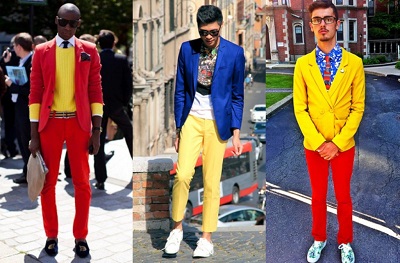
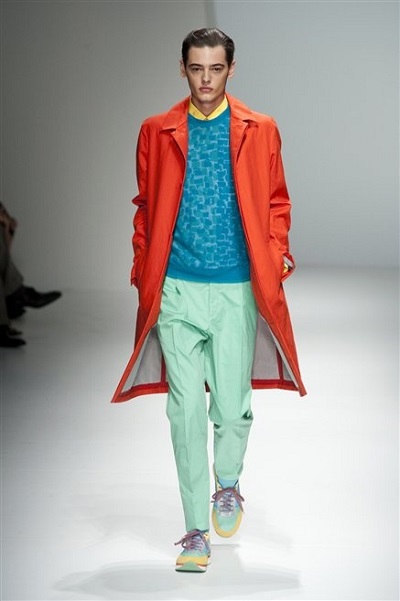
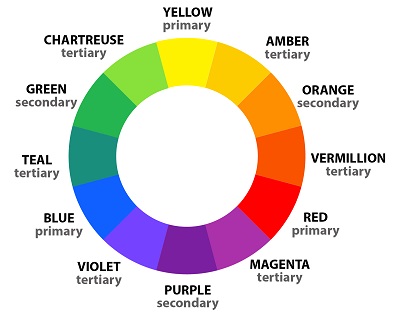
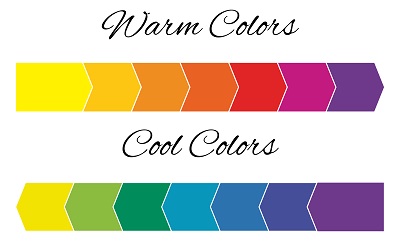
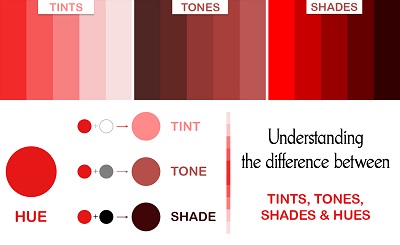
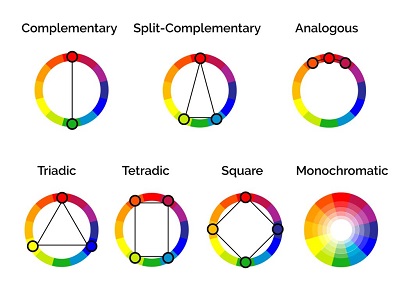

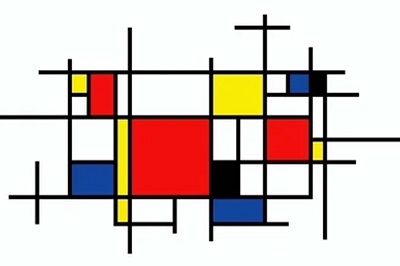
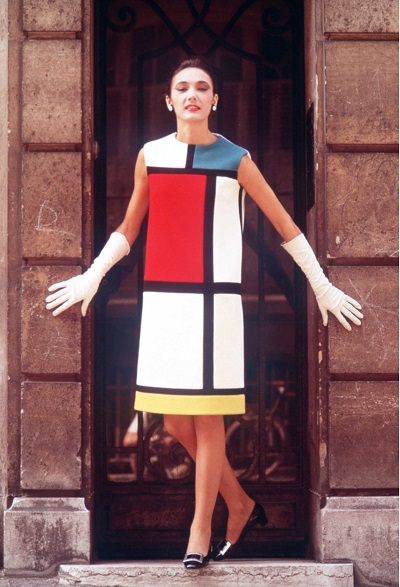

 Login
Login